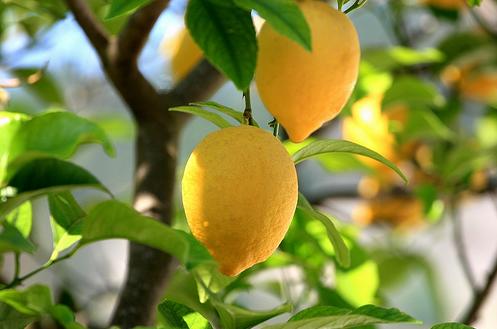How to Grow Citrus Fruits
Overview
Whether selecting lemons, grapefruits, oranges, tangerines or kumquats, citrus are a delicious and appealing addition to any home garden. With dark, shiny leaves that grow year round and fragrant blossoms in the spring, citrus trees provide the advantage of a flowering plant with a generous harvest of fresh fruit each winter. Best of all, citrus trees are very low maintenance, requiring little to no pruning and needing only annual fertilization to thrive.
Step 1
Determine the climate desired for the citrus tree. Citrus trees are extremely sensitive to cold climates, and will die in areas with harsh winters. The optimal states for growing citrus fruit include Arizona, California, Florida and certain parts of Texas.
Step 2
Determine where to plant the tree. Citrus trees thrive in hot, sunny places where they are protected from frost. The more direct sunlight a tree obtains, the better its yield will be. Also, be aware of the overall draining issues with the soil. As with any plant, root rot can occur if the tree is in an area where the ground cannot dry out regularly to prevent mold and fungus.
Step 3
Select a tree. Trees with shiny green foliage are the healthiest and best to purchase. Avoid trees with yellowing leaves, as they may have a nitrogen deficiency. Do not be concerned with the amount of buds on a new plant. Most citrus tress will not produce edible fruit during the first planting season, as they tend to focus their energy on establishing a solid root base.
Step 4
Plant the tree by digging a hole large enough to cover the entire root system. Remove the pot or plastic bag from the roots and place the plant gently into the hole. Be sure that the bud union, the place where the tree was grafted, is above the soil. Do not fertilize freshly planted trees. Citrus trees will not require fertilization until their second season.
Step 5
Water the tree only as necessary. The ground should always be permitted to completely dry out before watering is done to prevent root rot.
Step 6
At the end of the tree’s first year, fertilize with a high quality citrus fertilizer. These can be obtained from local garden shops and vary based on the region.
Step 7
Pruning should only be used to remove waterspouts, branches that are growing from below the bud union or branches that are blocking pathways or intruding upon a building. Citrus trees are actually shrubs that require the protection of their leaves to avoid sunburn on the stalk. It is completely normal for branches to touch the ground.
